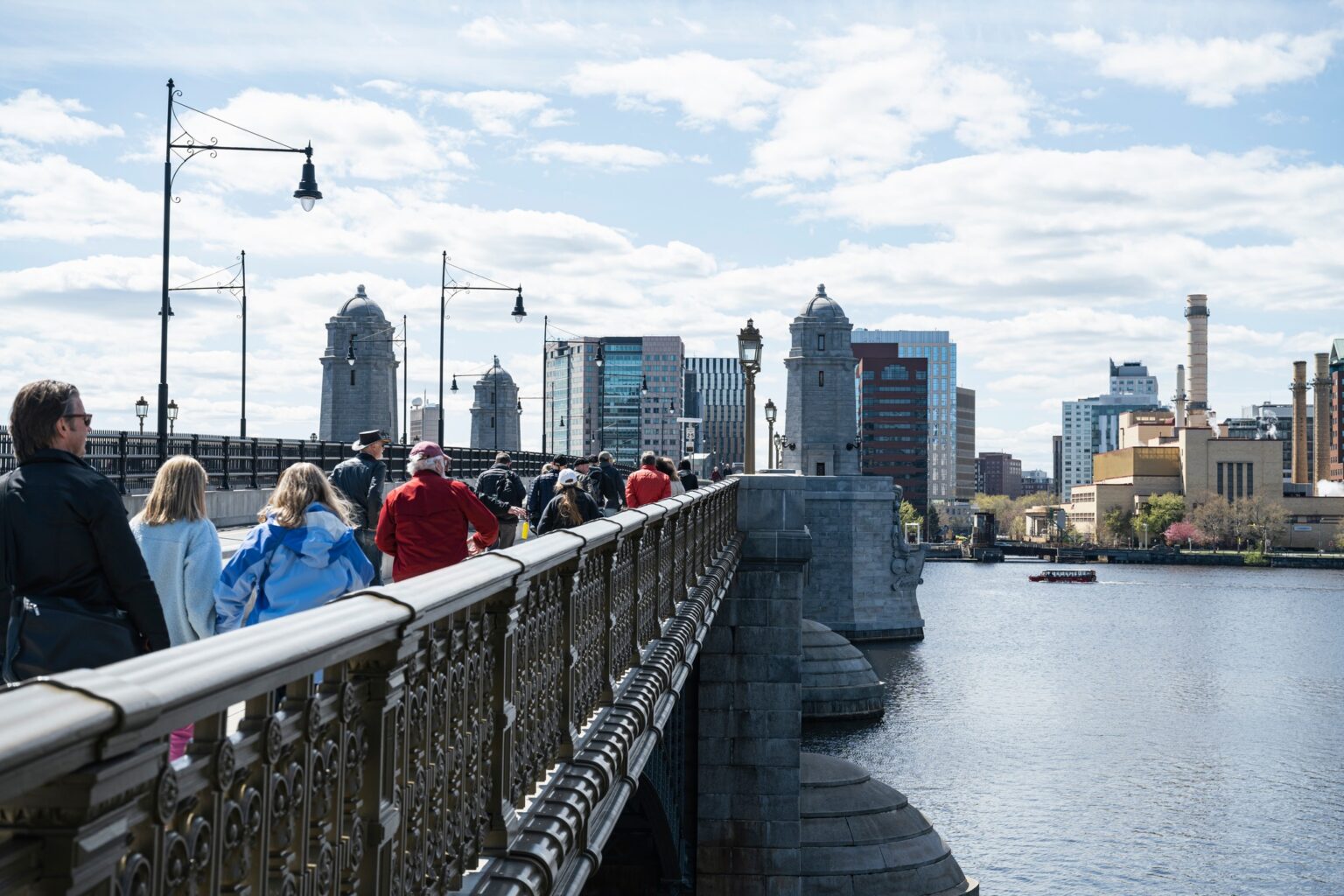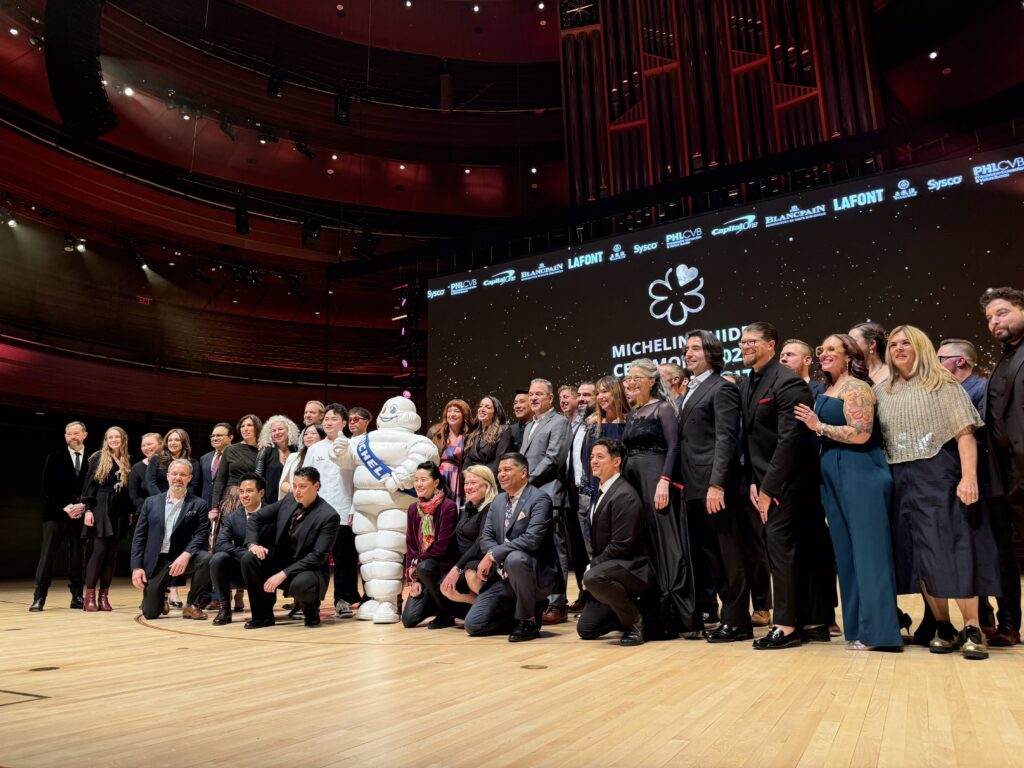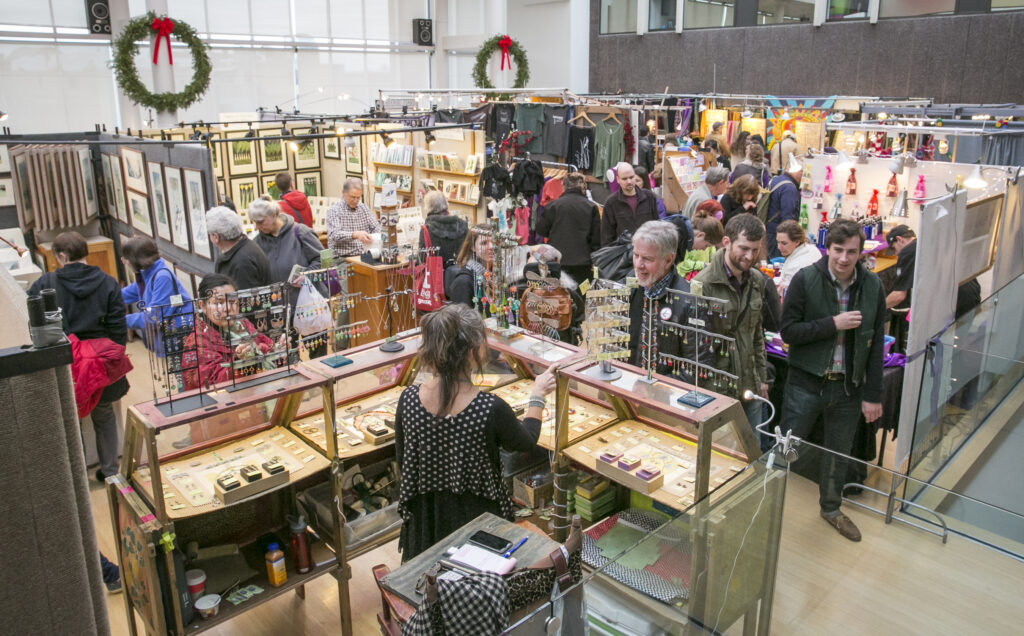Home to startups, world-renowned universities and the Most Innovative Square Mile on the Planet, it’s no secret Cambridge, Massachusetts is an innovation hub. Recently named the Best Walking Tour on Boston Magazine’s esteemed Best of Boston list, Innovation Trail is the way to see the sites. Book a guided tour or follow the path below to uncover some of Cambridge’s most notable discoveries:
Stop 1: 1 Broadway, Startup Hub (CIC)
In the late 1990s, MIT graduate Tim Rowe started the Cambridge Incubator, a company that would start companies. The idea didn’t pan out, so Rowe rented small blocks in the office spaces to other startups. The original CIC (Cambridge Innovation Center) building, and its nearby branches, are now home to a dense collection of startups and venture capital firms. CIC served as the first Massachusetts address for tech giants like Google, Apple and Amazon. CIC now has a global footprint, operating over 1 million square feet of office and lab space in cities like Philadelphia, Rotterdam, Warsaw and Tokyo.
Bonus stop: Nearby, next to the globe fountain, look for a photo spot declaring this area “The Most Innovative Square Mile on the Planet.”
Stop 2: 300 Main Street, Entrepreneur Walk of Fame
Just outside the Kendall MBTA station is the Entrepreneur Walk of Fame. Created in 2011, this path recognizes founders and inventors with engraved plaques on the sidewalk. You’ll find people like Thomas Edison, Steve Jobs of Apple and Mitch Kapor of Lotus Development Corp.
Stop 3: 314 Main Street, MIT Museum
A few steps down Main Street, the new MIT Museum showcases ongoing research and ingenuity at the world-famous Massachusetts Institute of Technology plus past achievements—including archives from Polaroid Corp., the pioneering maker of instant cameras, founded a few blocks away. The museum offers a range of exhibitions and installations, a state-of-the-art maker space where visitors can tinker and discover plus ongoing programs like the adults-only After Dark series.
Stop 4: 355 Main Street, Googling Cambridge
If you own a phone that uses the Android operating system, that’s the primary reason that Google now has a sprawling office in Cambridge, across from MIT Museum, that employs about 2,000 people. Way back in the days before the iPhone—2005—Google bought a startup whose two co-founders were based in Cambridge and Silicon Valley. That startup was called Android, and it was working on a new operating system software for mobile phones. Its Cambridge-based co-founder, Rich Miner, began to hire engineers to work alongside him after the acquisition. While you can’t go into Google’s office, you can go up the stairs to Urban Park Rooftop Garden, which looks into Google’s space. It’s a great place for a rest or a picnic lunch.
Stop 5: 32 Vassar Street, MIT’s Cutting Edge (Stata Center)
A quick stroll down Main Street then left onto Vassar Street brings you to Stata Center, designed by architect Frank Gehry. Inside are labs focused on computer science, artificial intelligence and robotics (iRobot Corp., maker of the Roomba robotic vacuum cleaner, started here), plus a small, ground-floor exhibit about student “hacks,” or pranks, through the years. This site was previously home to the Rad Lab, which was set up in the years leading up to World War II to develop key radar technologies. Many historians regard these technologies as crucial to the Allied victory over Hitler, helping the Allies to “see” enemy ships, planes and other targets at long distances.
Stop 6: 415 Main Street, Broad Discovery Center
Walk back up Vassar and Main Streets to the new Broad Discovery Center, an educational space that showcases how researchers in Kendall Square and around the world are working to treat human disease. The Broad Institute of MIT and Harvard seeks to better understand the roots of disease and narrow the gap between new biological insights and creating impact for patients. Beginning in the 2010s, Broad has made key contributions to “genome editing” and a technique known as CRISPR, which is helping to develop new types of therapies and improve our knowledge of how diseases work.
Stop 7: 455 Main Street, Human Genome Project (Whitehead Institute)
Next door's Whitehead Institute, an independent nonprofit affiliated with MIT, was founded in 1982 by philanthropist Jack Whitehead and David Baltimore, an MIT professor and Nobel Prize winner. A key part of the vision was assembling a supergroup of the world’s top biomedical researchers in one building, and eliminating “virtually any impediment to their pursuit of scientific discovery,” supplying ample funding and the most sophisticated lab equipment, but limited bureaucracy. The institute was the single largest contributor to the Human Genome Project, the world’s largest collaborative biological project. Groups at Whitehead are currently seeking to understand the biology of infectious diseases plus other biological domains, such as new ways to model how the brain works and why cancer cells behave differently from healthy cells.
Stop 8: 115 Broadway, Biotech Trailblazer (Biogen)
Take the walkway next to Broad Discovery Center and head toward Danny Lewin Park to find Biogen, one of the first biotechnology companies in the world. Two of its founders, Walter Gilbert and Phillip Sharp, were professors at Harvard and MIT respectively; both were awarded Nobel Prizes. Biogen’s mastery of recombinant DNA technology—using enzymes to “cut and paste” sequences of DNA to achieve therapeutic effects—enabled it to develop a vaccine for hepatitis B as well as the drug Avonex, which is used to treat multiple sclerosis. Biogen went public in 1983 and set up a manufacturing plant in Cambridge in 1986. A Biogen drug approved in 2021, Aduhelm, targets Alzheimer’s disease.
Stop 9: 145 Broadway, Internet Accelerator (Akamai)
Across the plaza is Akamai, a company that came to life at MIT. Its original idea was to set up a network of servers around the world to cache, or store, content closer to where people wanted to access it—making everything show up faster on web browsers. Some of the company’s first successful large-scale demonstrations, in 1999, involved the delivery of a movie trailer for “Star Wars: The Phantom Menace” and ESPN’s March Madness college basketball coverage.
Stop 10: 555 Technology Square, Getting to the Moon (Draper Labs)
Walk down Broadway and take a left at Technology Square to get to Draper Labs, where you’ll notice a giant moon hanging in the lobby. Draper began as a lab inside MIT; eventually it was spun out to be an independent research and development lab. Among its greatest achievements are the guidance computers that enabled Apollo spacecraft to successfully travel to and land on the moon. One of the software developers who wrote the code that ran these guidance computers was Margaret Hamilton, who later founded two companies and is credited as one of the people who defined the field of “software engineering.”
Stop 11: 200 Technology Square, Vaccine Breakthroughs (Moderna)
A few steps down from Draper Labs is the headquarters of Moderna Pharmaceuticals, which was founded in 2010 to explore the potential of modified RNA molecules (hence the name “mod-RNA”) to treat diseases or serve as a vaccine. In 2020, Moderna developed and received emergency use authorization for a COVID-19 vaccine based on its modified RNA technology. Moderna’s vaccine was among the fastest vaccines ever developed.
Stop 12: 700 Main Street, Instant Photos (LabCentral)
It’s hard to find a building with more ties to more different eras of innovation than this one, a six minute walk down Main Street from Moderna. When first constructed, this was Davenport Car Works, one of the country’s first manufacturers of passenger railroad cars. In 1876, this building was the site of the first “long distance” demonstration of Alexander Graham Bell’s telephone, from a Walworth Manufacturing Company office in Boston to this building. In the late 1930s, an inventor named Edwin Land moved in. Land created the first instant camera and started the company Polaroid. Today, this brick building is occupied by LabCentral, a shared laboratory space used by dozens of fledgling biotech companies.
Stop 13: 810 Main Street, The Last Candy Factory
Cambridge was once home to 66 different candy companies, making everything from candy hearts to Squirrel Nut Zippers. The Fig Newton was even invented in Cambridge in 1891. The building at this stop is the last operating candy factory in Cambridge, owned by Tootsie Brands and located a few steps further down Main Street.
For more on Greater Boston’s ingenuity, visit all 21 stops on the Innovation Trail. The full, self-guided trail is designed to start in either Boston or Cambridge and end in the other city, connected by a short walk over Longfellow Bridge. Stay tuned; Innovation Trail’s free audio guide is coming soon!



